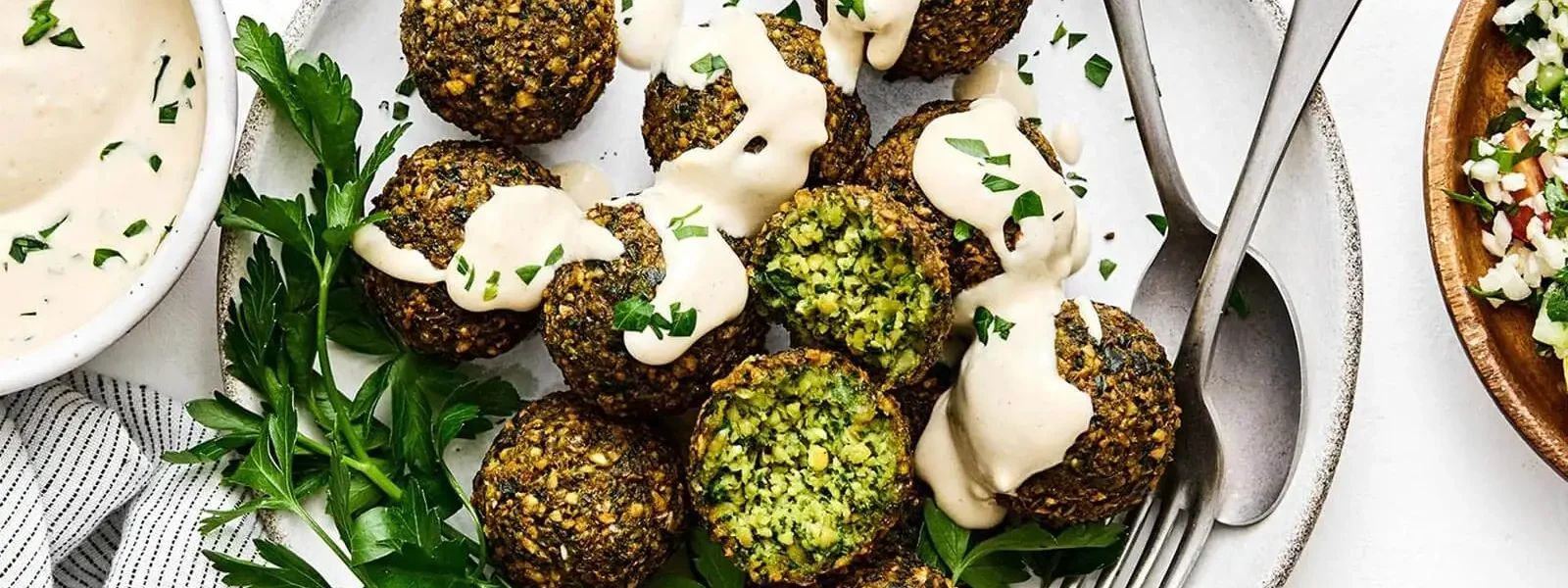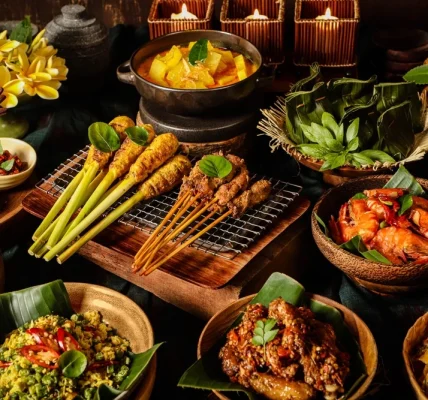Step into a world of culinary delight with our exploration of the crispy goodness that is falafel. Originating from the heart of the Middle East, falafel has won the hearts (and taste buds) of food enthusiasts worldwide. These crisp-on-the-outside, tender-on-the-inside chickpea fritters are much more than a popular street food; they represent a rich tapestry of flavors and traditions that have stood the test of time.
Picture this: warm, freshly fried falafel nestled in a fluffy pita, topped with tangy tahini sauce and crunchy vegetables—the epitome of a perfect bite. Whether you’re a committed foodie or a curious culinary explorer, falafel offers a delicious journey for your palate. From its humble beginnings to its current status as a beloved global dish, Chickpea fritters continues to charm with its irresistible crunch and savory notes. Join us as we unravel the delightful story of Chickpea fritters and its enduring appeal.
What is Falafel?
Contents
- 1 What is Falafel?
- 2 Origins of Falafel
- 3 Ingredients Used in Making Chickpea fritters
- 4 Falafel as a Traditional Middle Eastern Dish
- 5 Health Benefits of Falafel
- 6 Falafel Recipes and Variations
- 7 Best Ways to Enjoy Falafel
- 8 Popular Falafel Restaurants Around the World
- 9 Making Falafel at Home
- 10 Conclusion: Embracing the Deliciousness of Chickpea fritters
- 11 Author
Falafel is a deep-fried ball or patty made from ground chickpeas, fava beans, or a combination of both. Often seasoned with a blend of herbs and spices, Chickpea fritters boasts a crispy exterior that gives way to a soft, flavorful interior. This delightful dish has become a staple in Middle Eastern cuisine, often served as a latoto filling in pita bread or on a platter alongside fresh vegetables and sauces.
While falafel is often associated with vegetarian and vegan diets, it is enjoyed by all types of eaters. Its savory taste and satisfying texture make it a versatile ingredient that can be incorporated into various meals. Many enjoy it as a snack, while others savor it as the main course, highlighting its adaptability within different culinary contexts.
The appeal of falafel goes beyond its delicious taste; it also represents a cultural symbol of unity and comfort in the Middle East. It is a beloved street food that brings people together, often served at family gatherings, festivals, and celebrations. Whether enjoyed on the streets of Cairo or in the trendy eateries of New York City, Chickpea fritters continues to foster a sense of community and shared experience.
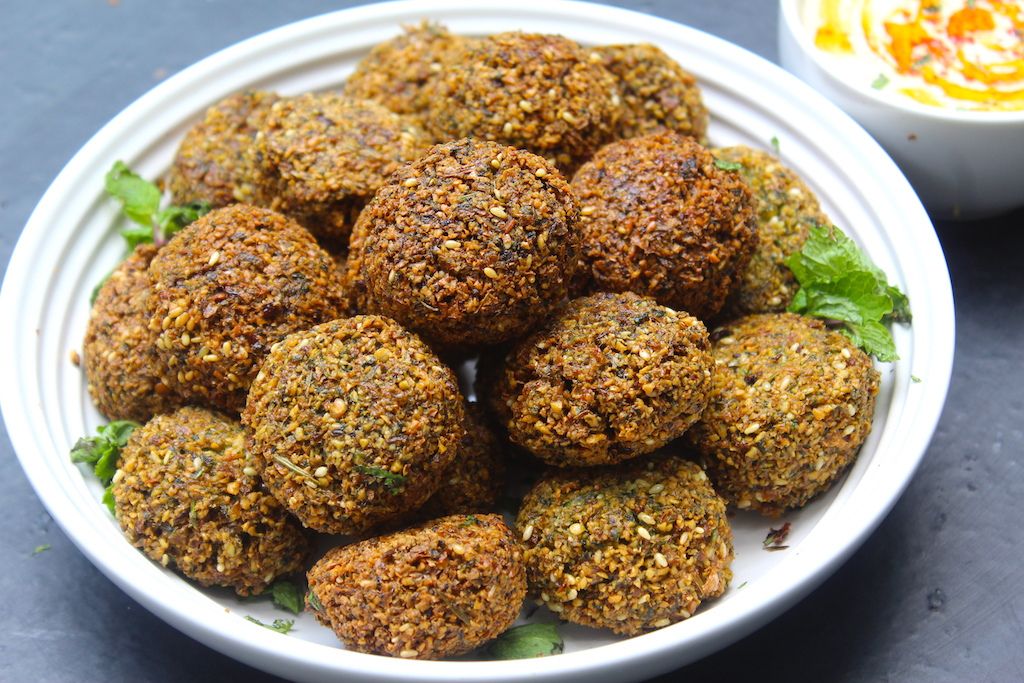
Origins of Falafel
The origins of falafel are somewhat debated, with various theories regarding its birth. Many culinary historians trace its roots back to Egypt, where it was originally made from fava beans and known as “ta’amiya.” This dish has been enjoyed since ancient times, as records indicate that fava beans were cultivated in the region for thousands of years. The recipe for ta’amiya has evolved, with chickpeas gradually becoming the main ingredient, particularly in Levantine cuisines.
As falafel spread throughout the Middle East, it took on regional variations, incorporating local spices and ingredients. The dish became particularly popular in countries like Lebanon, Israel, and Palestine, where it was embraced as a national dish. Each country has its unique take on Chickpea fritters, often reflecting the local culture and culinary preferences. This adaptation showcases not only the dish’s versatility but also its significance in various communities.
The migration of Middle Eastern populations around the world has also contributed to falafel’s global popularity. As individuals moved to different countries, they brought their culinary traditions with them, introducing the dish to new audiences. Today, Chickpea fritters can be found in restaurants and street food stalls across the globe, making it a true culinary ambassador for Middle Eastern cuisine.
Ingredients Used in Making Chickpea fritters
The primary ingredients in Chickpea fritters include chickpeas or fava beans, which are soaked and then ground into a coarse mixture. The choice between chickpeas and fava beans often depends on regional preferences, with chickpeas being the more common option in many places. Additionally, fresh herbs like parsley and cilantro are often added, lending the fritters a vibrant color and fresh flavor.
Spices play a crucial role in the flavor profile of Chickpea fritters. Common spices include cumin, coriander, garlic, and chili powder, which together create a fragrant and aromatic blend. Each ingredient contributes to the overall taste, ensuring that every bite is bursting with flavor. The combination of spices can vary widely, allowing for personalized recipes and adaptations based on individual preferences.
For texture, some recipes incorporate breadcrumbs or flour to help bind the mixture and achieve the desired consistency. The mixture is then shaped into small balls or patties before being deep-fried to perfection. The frying process is vital in creating that signature crunchy exterior that contrasts beautifully with the soft interior. The result is a deliciously satisfying snack or meal component that leaves a lasting impression.
Falafel as a Traditional Middle Eastern Dish
Falafel is not just a dish; it is steeped in tradition and cultural significance throughout the Middle East. In many countries, it is a common sight at street food stalls and markets, where vendors serve it fresh and hot to eager customers. The experience of enjoying Chickpea fritters is often communal, with people gathering around to share food, laughter, and conversation.
In Lebanon, falafel is often served with a variety of accompaniments, including pickled vegetables, garlic sauce, and tahini. The dish is typically enjoyed as part of a mezze platter, which features an array of small dishes meant for sharing. This communal dining experience reflects the Lebanese culture of hospitality and togetherness, where food serves as a medium for connection.
In Israel, Chickpea fritters has become a national symbol, often associated with the country’s street food culture. It is commonly served in pita with fresh salad and sauces, making it a quick and satisfying meal for people on the go. The love for Chickpea fritters transcends cultural and religious boundaries, uniting people of different backgrounds over a shared appreciation for this delicious dish.
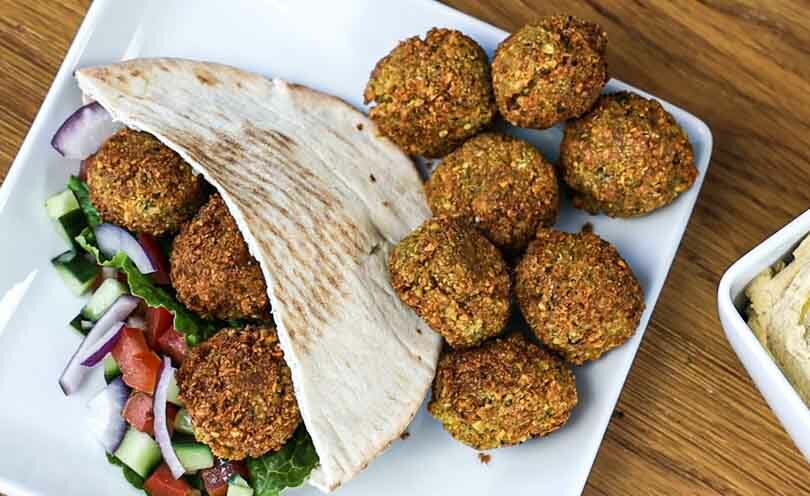
Health Benefits of Falafel
Falafel is not only delicious but also packed with nutrients, making it a healthy option for those looking to enjoy a satisfying meal. Chickpeas, the primary ingredient in most falafel recipes, are rich in protein, fiber, and essential vitamins and minerals. They provide a plant-based source of protein that is particularly beneficial for vegetarians and vegans seeking to meet their dietary needs.
The high fiber content in falafel contributes to digestive health, helping to regulate bowel movements and promote a feeling of fullness. This can be particularly advantageous for those looking to maintain a healthy weight or reduce cravings. Additionally, the fiber in chickpeas can help lower cholesterol levels and decrease the risk of heart disease, making falafel a heart-healthy choice.
Moreover, the use of fresh herbs and spices not only enhances the flavor of Chickpea fritters but also adds additional health benefits. Ingredients like parsley and garlic have been associated with anti-inflammatory properties and immune support. By incorporating Chickpea fritters into your diet, you can enjoy a delicious meal while also nourishing your body with wholesome ingredients.
Falafel Recipes and Variations
Falafel is a versatile dish that lends itself well to a variety of recipes and adaptations. While the classic Chickpea fritters is made from chickpeas or fava beans, you can experiment with different legumes, such as lentils or black beans, to create unique variations. Each type of bean will impart its distinct flavor and texture, allowing for a creative twist on the traditional recipe.
In addition to the base ingredients, you can customize your Chickpea fritters with various herbs and spices. Some recipes call for the addition of mint, dill, or even spicy chili peppers to elevate the flavor profile. For those who enjoy experimenting, you can also try adding ingredients like roasted garlic, sun-dried tomatoes, or even grated vegetables for added texture and nutrition.
For a healthier twist, baked Chickpea fritters has gained popularity in recent years. By using the same mixture but baking instead of frying, you can achieve a lighter version that retains the delicious flavor while reducing the oil content. Whichever recipe you choose, Chickpea fritters remains a delightful dish that can be enjoyed in myriad ways.
Best Ways to Enjoy Falafel
The beauty of Chickpea fritters lies in its versatility, allowing for countless ways to enjoy this delicious dish. One of the most popular methods is to serve it in a pita, where the crispy fritters are nestled alongside fresh vegetables, such as lettuce, tomatoes, and cucumbers. The addition of tahini sauce or tzatziki provides a creamy contrast to the crispy falafel and enhances the overall flavor.
Falafel can also be served as part of a mezze platter, accompanied by an assortment of dips and sides. Hummus, baba ganoush, and tabbouleh are just a few examples of delicious accompaniments that complement Chickpea fritters beautifully. This sharing-style meal encourages communal dining and allows everyone to savor a variety of flavors and textures.
For those looking for a heartier meal, Chickpea fritters can be used as a protein-packed topping for salads or grain bowls. Pairing falafel with quinoa, brown rice, or couscous creates a filling and nutritious meal that is both satisfying and delicious. The options are endless, ensuring that falafel can be enjoyed in countless ways to suit different tastes and preferences.
Popular Falafel Restaurants Around the World
With the global rise in popularity of Chickpea fritters, countless restaurants and eateries have made this dish a cornerstone of their menus. In cities across the world, you can find establishments dedicated entirely to falafel or featuring it prominently alongside other Middle Eastern dishes. These restaurants not only serve delicious falafel but also create an inviting atmosphere that celebrates the rich culture surrounding this beloved dish.
In New York City, for example, places like Taïm and Mamouns Chickpea fritters are renowned for their mouthwatering Chickpea fritters, drawing hungry diners from near and far. Taïm offers a modern take on the classic dish, with a variety of toppings and sauces that cater to diverse palates. Meanwhile, Mamouns, one of NYC’s oldest falafel spots, serves up traditional Chickpea fritters made from a closely guarded family recipe that has stood the test of time.
Across the Atlantic in London, the popularity of Chickpea fritters has surged, with numerous food trucks and restaurants specializing in this delightful dish. Places like The Good Life Eatery and Hummus Bros are celebrated for their fresh and flavorful falafel offerings, showcasing the versatility of the dish while highlighting its Middle Eastern roots. Whether you’re a local or a traveler, exploring the Chickpea fritters scene in these cities promises a culinary adventure filled with delightful flavors and experiences.
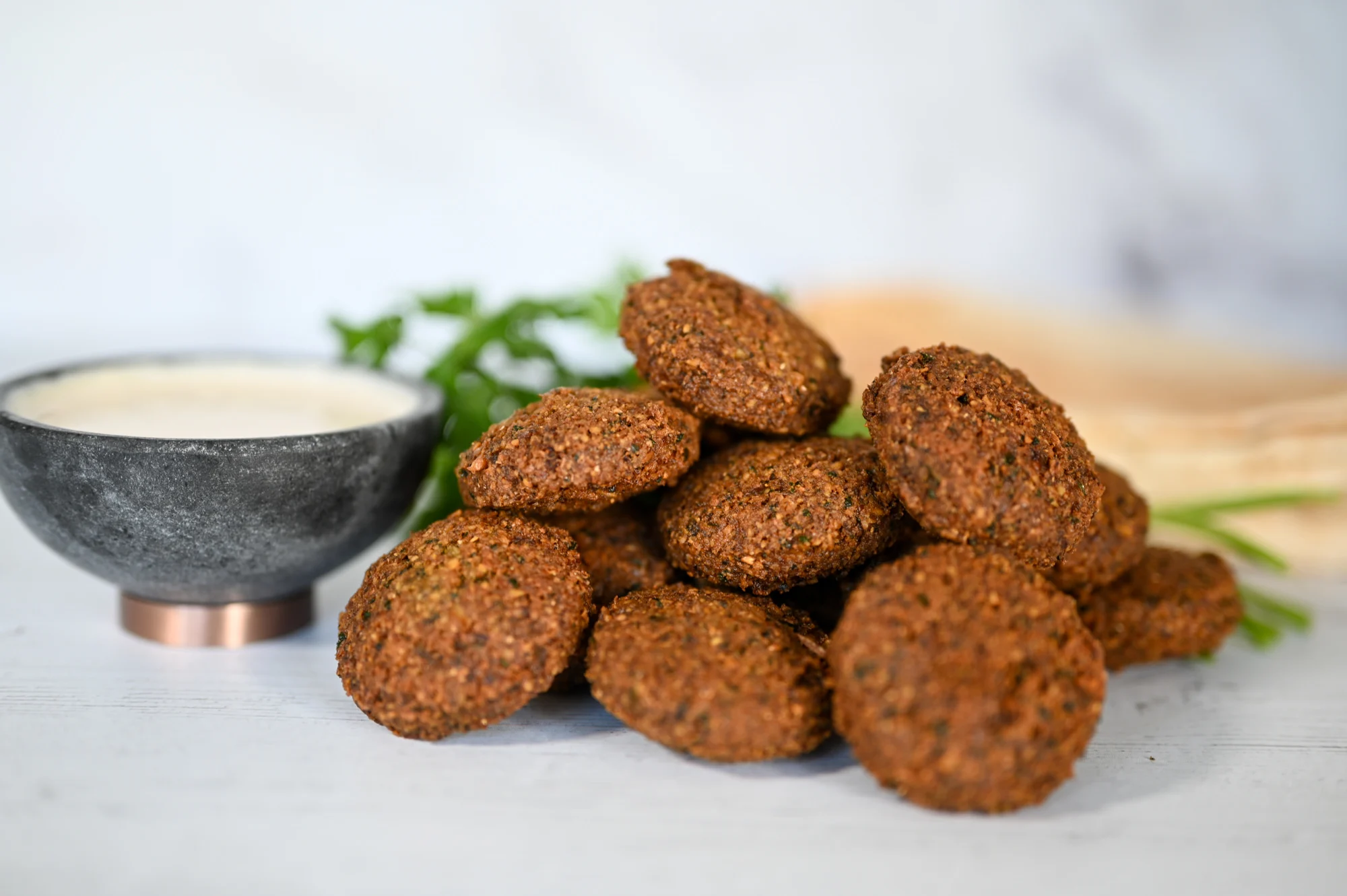
Making Falafel at Home
Creating falafel at home is a rewarding culinary endeavor that allows you to customize the flavors and ingredients to your liking. The basic process involves soaking the chickpeas overnight, blending them with herbs and spices, and then shaping the mixture into balls or patties. The key to achieving the perfect texture lies in the balance of ingredients; too much moisture can lead to a soggy falafel, while too little can result in a dry fritter.
Once you have your Chickpea fritters mixture ready, you can choose to deep-fry or bake the fritters. Deep-frying yields that classic crispy texture, while baking offers a healthier alternative without compromising too much on flavor. Regardless of the cooking method, serving your homemade falafel with fresh ingredients and sauces will elevate the dish to new heights.
Experimenting with different variations is part of the fun of making Chickpea frittersat home. Try incorporating unique spices, herbs, or even vegetables to create a signature recipe that reflects your culinary style. Whether you’re hosting a dinner party or simply enjoying a meal with family, homemade Chickpea fritters is sure to impress and delight everyone at the table.
Conclusion: Embracing the Deliciousness of Chickpea fritters
Falafel is more than just a dish; it is a culinary experience that captures the essence of Middle Eastern culture and tradition. From its humble beginnings to its global popularity, falafel continues to inspire and delight food lovers around the world. The combination of crispy texture, savory flavors, and versatility makes Chickpea fritters a cherished meal that transcends borders and brings people together. If you like reading this article then please consider visiting opportunitydesk to find more article like this.

